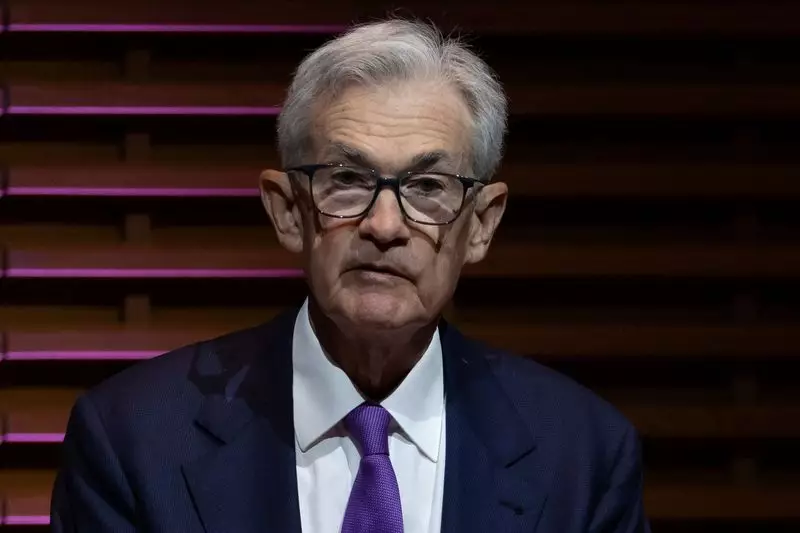Central bankers are known for their deliberate language choices, and recent remarks from the Federal Reserve's top officials signal a shift in policy direction. Both Fed Chair Jerome Powell and Vice Chair Philip Jefferson have suggested that U.S. monetary policy may remain “restrictive” for a longer period of time, rather than being raised further. This choice of wording provides the Fed with greater flexibility in terms of interest rate adjustments and dampens the speculation surrounding a potential rate hike.
Despite growing expectations in financial markets for a rate hike, Powell's influence is crucial in determining the Fed's course of action. By emphasizing the possibility of maintaining a “restrictive” policy stance, as opposed to a more traditional “higher for longer” approach, Powell and his colleagues are signaling a cautious approach to future rate changes. This distinction is key in illustrating the Fed's commitment to achieving its long-term inflation target.
Fed policy can still be considered restrictive even if the policy rate is lowered. Estimates suggest that a reduction of 150-200 basis points in the fed funds target range would still maintain a restrictive stance. This approach aims to temper economic growth, reduce inflationary pressures, and ensure stability in the labor market. The Fed's current policy position is significantly more restrictive than the projected neutral rate, indicating a deliberate effort to control economic activity.
Inflation expectations play a crucial role in the Fed's interest rate decisions. While there has been a slight uptick in inflation measures, they remain below levels that would warrant a rate hike. Consumer surveys and bond market data suggest that inflation expectations are modestly increasing, but not significantly. The Fed's commitment to maintaining stable inflation and full employment remains a top priority, despite external pressures.
The Fed faces challenges in managing inflation expectations and economic growth without disrupting financial stability. An increase in interest rates could potentially derail the progress made in achieving the Fed's dual mandate. Monitoring indicators such as commercial real estate trends, regional bank performance, and loan delinquency rates are essential in determining future rate adjustments. The Fed must strike a delicate balance to prevent financial stress while promoting economic growth.
The Federal Reserve's language and policy decisions offer valuable insights into the future direction of U.S. monetary policy. By choosing to keep policy restrictive and emphasizing long-term goals, the Fed aims to maintain stability and sustainability in the economy. Powell's leadership and cautious approach demonstrate the Fed's commitment to its dual mandate and economic well-being. As the Fed navigates challenging economic conditions, clear communication and strategic decision-making will be vital in ensuring long-term prosperity.

